The Grass Snake is a common reptile that lives throughout Eurasia. This snake, also known as the Water Snake or Ringed Snake, is not venomous and completely harmless to humans. True to its name, this species hunts and lives near water, and its favorite foods are toads and frogs. Read on to learn about the Grass Snake.
Description of the Grass Snake
Like most snakes, these creatures have long, slender bodies with smooth scales. The upper, or dorsal, sides of their bodies are darker colored. The under, or ventral, sides of their bodies are lighter colored – usually yellow.
Most individuals measure between three and five feet in length. They typically weigh less than a pound.
Interesting Facts About the Grass Snake
These common snakes live throughout a large region of Europe and into Asia. Learn what makes them unique below.
- Colubrid – Researchers place this species in the Colubridae family, making it a member of the colubrid snakes. The vast majority of species in this family are non-venomous. Some other members of the family include keelbacks, water snakes, garter snakes, and more.
- Collared – One way for you to easily identify this species is by looking at the yellow collar behind its head. They yellow coloration of its underside extends up and around its neck, nearly connecting at the top behind its head.
- Frog-Hunter – Frogs and toads make up the vast majority of this species’ diet. It eats common toads and common frogs, while occasionally snacking on insect larvae.
- Active Search – This snake does not ambush prey. Instead, it slithers along actively searching for frogs and toads to eat. It uses the Jacobson’s organ on the roof of its mouth to “taste” the air and find prey.
Habitat of the Grass Snake
While not a rule, these snakes usually live in close proximity to streams, ponds, and lakes. In addition to these regions, they also live along the edges of forests and woodlands, grasslands, and even gardens. When winter arrives, they burrow under the ground to avoid freezing.
Distribution of the Grass Snake
You can find these reptiles throughout most of Europe, with the exception of Ireland, northern portions of the U.K., and northern Norway, Sweden, and Finland. Their range also extends into northern Africa, portions of the Middle East, and western Russia.
Diet of the Grass Snake
Like all snakes, Grass Snakes are carnivores. Their diet includes amphibians, small mammals, birds, insects, and fish. However, frogs and toads make up the vast majority of this diet.
They hunt primarily along the edges of ponds, streams, and marshes. However, they also search for prey in parks, gardens, meadows, and along the edges of forests.
Grass Snake and Human Interaction
The IUCN lists this species as Least Concern, but that doesn’t mean human interaction doesn’t impact them. In fact, while the population as a whole is stable, subspecies in certain regions face dire threats to their survival. Habitat destruction poses the greatest problem to this species, followed by pollution, which impacts its amphibious prey.
Domestication
Humans have not domesticated this species in any way.
Does the Grass Snake Make a Good Pet
In some places, it is legal to own this species as a pet. However, you should never keep a wild snake as a pet. Wild-caught pets can spread disease to captive populations, and vice versa. You must keep them in quite large enclosures, and you cannot handle them frequently. Additionally, when frightened they excrete an icky-smelling musk.
Grass Snake Care
Some zoos house these snakes in their collections. They keep the snakes in large enclosures with plenty of space for them to hide. Most also provide water sources for the snake to soak in, as their wild counterparts spend most of their time in close proximity to water.
Their diet depends on the facility, but zookeepers feed the snakes earthworms, small rats and mice, frogs, fish, and more.
Behavior of the Grass Snake
These snakes are solitary, which means that they live alone. Instead of holding a territory, they range widely in search of food. After eating, they bask in the sun to help them digest. Once their food has digested, they continue moving about.
Reproduction of the Grass Snake
This species breeds once it emerges from the ground in the spring. After mating, the female lays her eggs in compost heaps or other piles of rotting vegetation. Clutches range in size, some contain 8 eggs while others contain up to 40. The young are fully independent at hatching, and do not receive any maternal care.


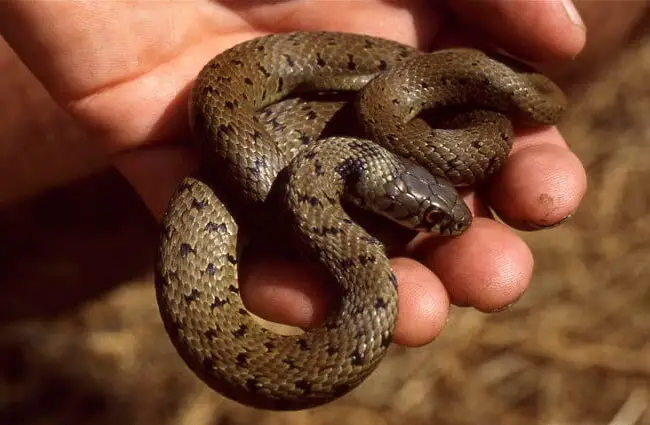
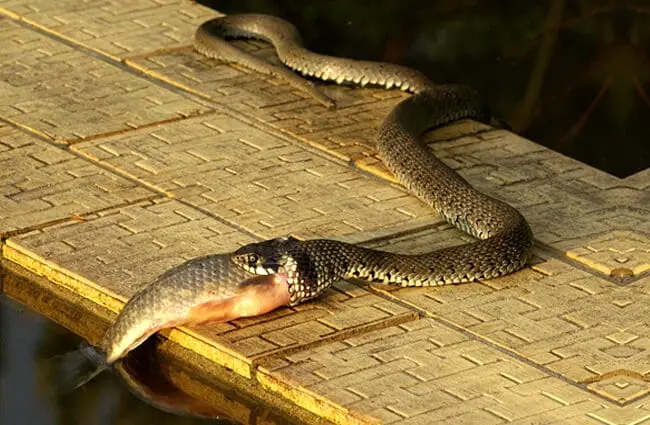
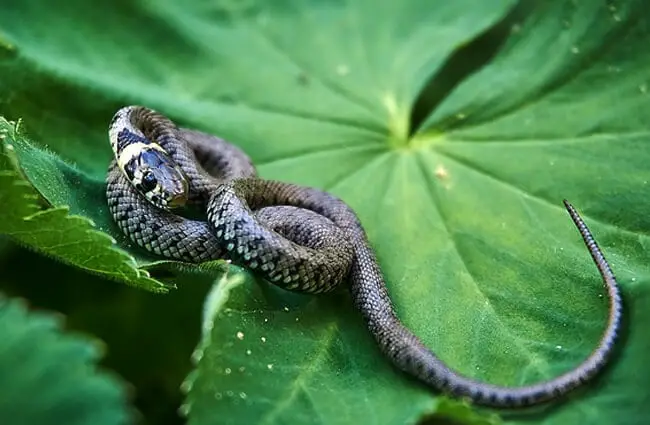




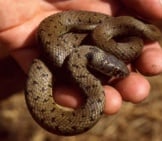

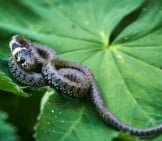
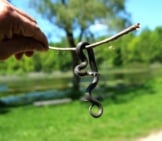
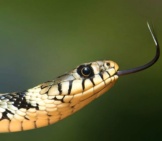

![Red Angus Closeup of a beautiful Red Angus cowPhoto by: U.S. Department of Agriculture [pubic domain]https://creativecommons.org/licenses/by/2.0/](https://animals.net/wp-content/uploads/2020/03/Red-Angus-4-238x178.jpg)












![Red Angus Closeup of a beautiful Red Angus cowPhoto by: U.S. Department of Agriculture [pubic domain]https://creativecommons.org/licenses/by/2.0/](https://animals.net/wp-content/uploads/2020/03/Red-Angus-4-100x75.jpg)

